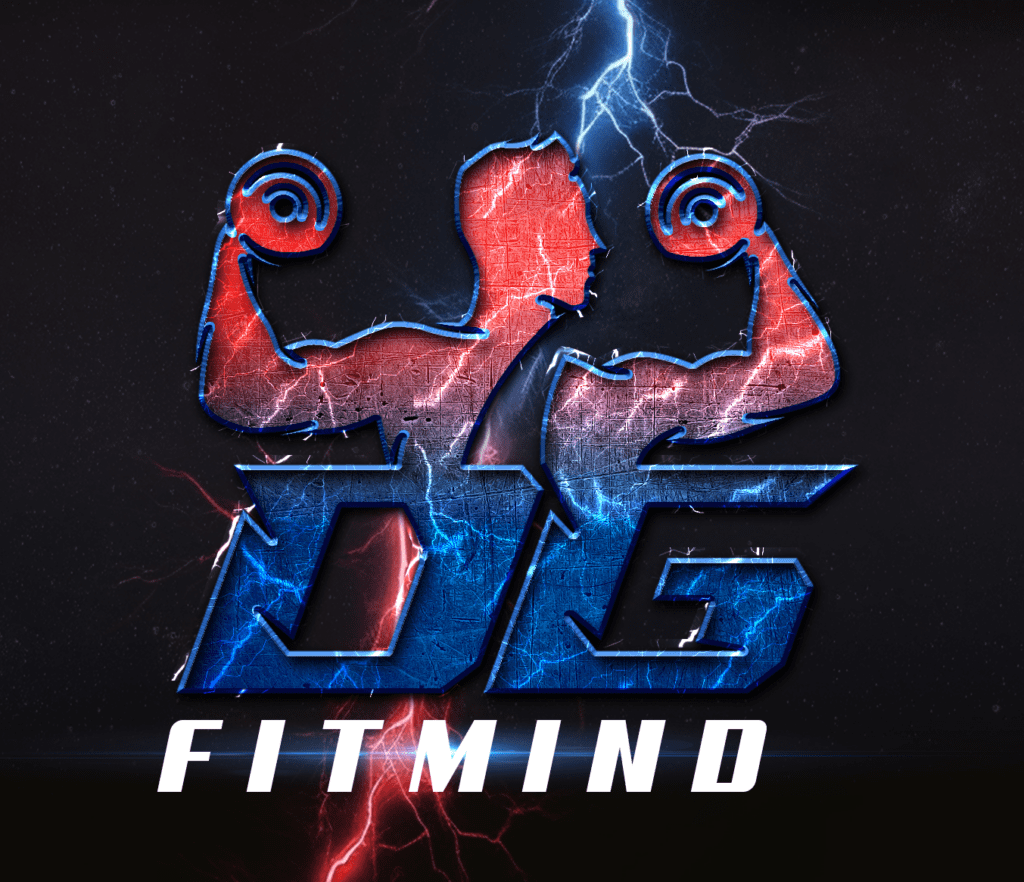Embarking on a fitness journey can be both exciting and daunting. With so many goals to achieve and paths to take, it’s easy to feel overwhelmed. However, establishing clear and achievable objectives can be the key to staying motivated and seeing progress. In this blog, we’ll explore why goal setting is essential and how it can transform your fitness experience.
Understanding the Importance of Goal Setting
Goal setting provides structure and direction, helping you focus on your fitness aspirations. Without established goals, you might find yourself aimlessly navigating your wellness routine, which can lead to frustration and lack of progress.
When you embark on a fitness journey, it’s easy to get caught up in the excitement of new workouts and routines. But without a destination in mind, the enthusiasm can quickly dwindle. Here’s where goal setting shines. It gives your effort a purpose, turning random exercise sessions into strategic steps toward a healthier you. Goals act as benchmarks of progress, breaking your ultimate objective into smaller, achievable targets. This approach not only makes the journey more manageable but also highlights areas that need improvement, offering clarity and focus in your workouts.
Motivation often peaks at the beginning of a new fitness endeavor but tends to wane over time. By setting goals, especially ones that are personalized and realistic, you create a reservoir of motivation to draw from. Each time you reach a milestone, it’s a reaffirmation of your capabilities, pushing you to continue despite challenges. Moreover, goals provide a satisfying sense of accomplishment, encouraging you to set new, higher aspirations. This continuous cycle of motivation and achievement is vital for sustaining long-term fitness habits.
Accountability is another crucial component of goal setting. When you articulate your objectives, it becomes a promise to yourself. Whether you’re working towards a certain weight, strength level, or endurance goal, it’s a commitment that adds a layer of responsibility to your routine. Sharing these goals with a fitness buddy or trainer can further enhance accountability, as they can offer support and motivation when you need it. Ultimately, when you measure your progress against these predefined goals, you create a clear path to success, making your fitness journey more structured and purposeful.
Types of Fitness Goals
Fitness goals can be divided into different categories such as health-related, performance-based, and personal appearance improvements. Each category serves a distinct purpose and can be tailored to fit personal preferences and needs.
Health-related goals are foundational to any fitness journey. They focus on improving your overall well-being, such as enhancing cardiovascular health, reducing blood pressure, or managing weight. These goals can often be more compelling as they directly impact your quality of life. Performance-based goals, on the other hand, revolve around improving your physical capabilities. Whether it’s running a marathon, lifting a certain weight, or mastering a new yoga pose, these objectives challenge your body and mind, driving you to reach new heights in your fitness journey. They add an element of fun and competitiveness, pushing you to test your limits and celebrate your physical achievements.
Personal appearance improvements are perhaps the most targeted and subjective forms of fitness goals. They might include defining muscles, improving skin tone, or losing inches in certain areas. While these goals are often influenced by personal preferences and societal standards, it’s crucial to approach them with a healthy mindset, ensuring they align with your body’s needs and capabilities. Remember, fitness is a personal journey, and your goals should reflect your desires, not external pressures. By focusing on your unique aspirations, you develop a fitness routine that not only enhances your physical appearance but also boosts self-esteem and body confidence.
Setting SMART Goals
SMART goals—Specific, Measurable, Achievable, Relevant, and Time-bound—are a great way to ensure your fitness objectives are clear and attainable. By defining what success looks like, you provide yourself with a clear roadmap to follow.
The beauty of SMART goals lies in their simplicity and clarity. When setting a fitness goal, specificity ensures you’re targeting a particular outcome, whether it’s losing 5 pounds or running a 5K. Measurable goals provide tangible criteria, allowing you to track progress. For instance, tracking the number of pull-ups you can do weekly offers a quantitative measure of improvement. Achievable goals consider your current fitness level and resources, ensuring they’re within your reach to prevent discouragement. They can be adjusted as you progress, maintaining a balance between challenge and realism.
Relevance is crucial in connecting your goals to your broader personal health aspirations. An effective approach is explaining why the goal matters to you, such as enhancing your stamina to enjoy hiking with friends. This connection fuels motivation and sustained effort. Lastly, time-bound goals instill a sense of urgency and focus. By setting a timeline for achieving your goal, like increasing your bench press by 20 pounds in three months, you establish a commitment that propels you forward. Together, these SMART criteria craft a well-rounded, motivating approach that propels your fitness journey forward, ensuring both achievement and enjoyment.
Tracking Progress and Staying Motivated
Keeping track of your progress is crucial. Whether it’s through a fitness journal, apps, or regular check-ins, documenting your journey helps you stay motivated and aware of how far you’ve come.
The power of visualizing progress cannot be understated. In the whirlwind of everyday life, it’s easy to forget how much ground you’ve covered. Regularly documenting your workouts, diet, and measurements in a fitness journal serves as a historical record, providing a clear picture of your progress. For instance, noting down a personal best in your journal or seeing your improved mile time can reignite your motivation when enthusiasm wanes. These entries become milestones that not only showcase your dedication but also highlight areas where you might need to pivot your approach.
Today’s technology offers numerous ways to track and enhance your fitness progress. Utilizing apps designed to monitor workouts and nutrition simplifies this process. They can provide you with detailed analytics, such as changes in strength and endurance, body composition, or even giving dietary advice. Many apps also offer community forums, where users can share experiences and tips, providing a sense of camaraderie and external validation. The convenience and accessibility of these tools allow you to keep your goals in sight, receive feedback, and make informed adjustments to your routine, all while staying inspired by a digital community committed to similar pursuits.
Celebrating victories, no matter how small, is fundamental to maintaining motivation. Every step forward, whether it’s enhancing your push-up count or achieving a fitness milestone, is a testament to your effort and dedication. Recognizing these accomplishments reinforces positive behavior and keeps your momentum going. It could be as simple as sharing your achievements with friends, treating yourself to new workout gear, or reflecting on your progression. This positivity not only boosts self-esteem but also strengthens your resolve to continue pushing forward, ensuring your fitness journey remains rewarding, engaging, and impactful.
Adjusting Goals When Necessary
It’s important to remember that goals are not set in stone. As you progress, your needs and capabilities might change, necessitating adjustments to your objectives to continue challenging and encouraging growth.
Flexibility is a vital component in any fitness journey. As you evolve, so should your goals. What once seemed challenging may soon become routine, signaling a need for change. Being receptive to these signals is crucial to maintain an invigorating and challenging workout regimen. For instance, when a workout becomes too easy, it’s an indicator to scale up the intensity or complexity, ensuring continual progress and development. Likewise, if a goal becomes too taxing or results in discomfort, it’s a cue to reassess and adjust to prevent burnout or injury. This adaptability ensures a sustainable and balanced fitness journey that caters to your body’s needs and fosters continuous growth.
Listening to your body is an invaluable skill in personal fitness. Throughout your workouts, pay close attention to what your body is communicating. If you experience discomfort or prolonged soreness, it may indicate that a change in exercise or intensity is necessary. Such cues invite you to adapt your routine, prioritizing exercises that align with your current state. Taking rest days, modifying your approach, or consulting with a trainer for personalized advice are effective ways to address these signals. Staying attuned to your body’s needs ensures a safe, rewarding journey, keeping you engaged and motivated to push forward.
Embrace the Power of Goal Setting
Setting goals in your fitness journey is more than just a step; it’s an ongoing strategy that cultivates motivation, accountability, and a sense of achievement. Embrace goal setting as your guiding light, helping you navigate the path to improved health and wellness. Remember, your journey is uniquely yours, so set milestones that inspire and challenge you, and celebrate your successes along the way.








